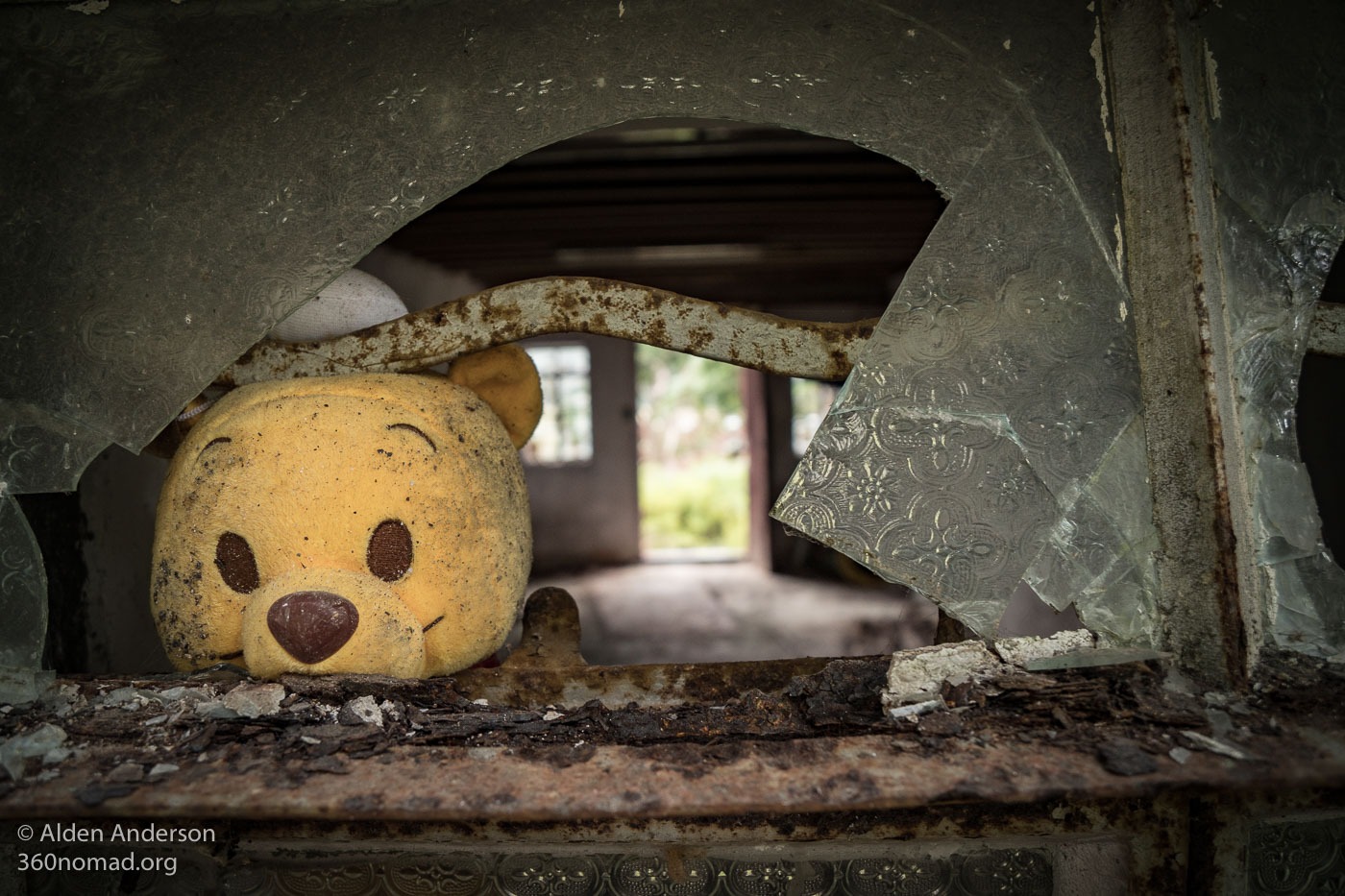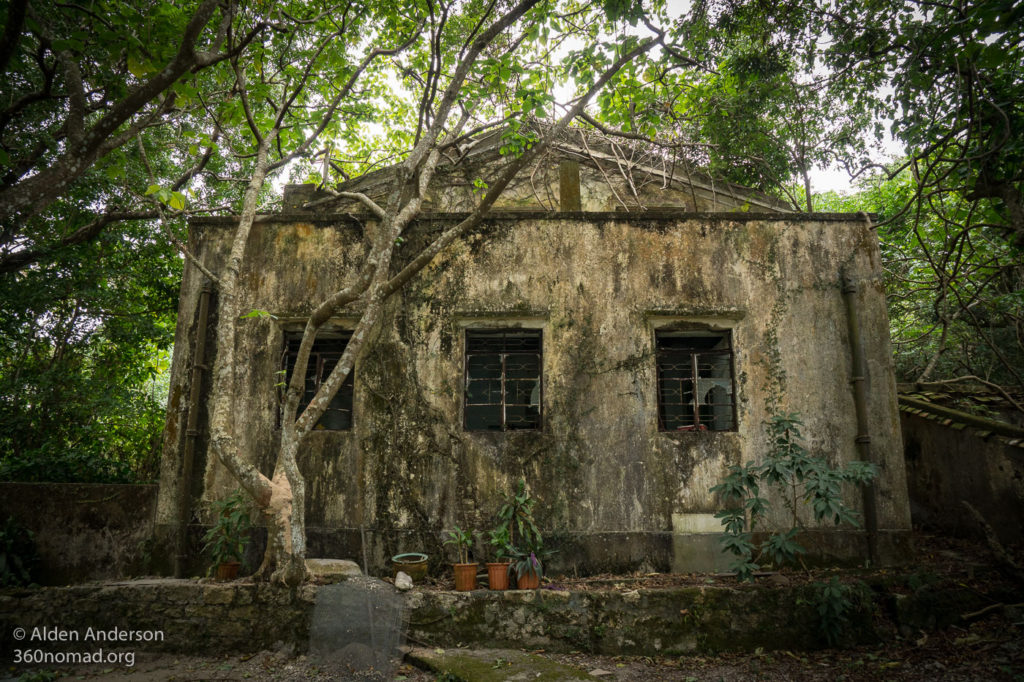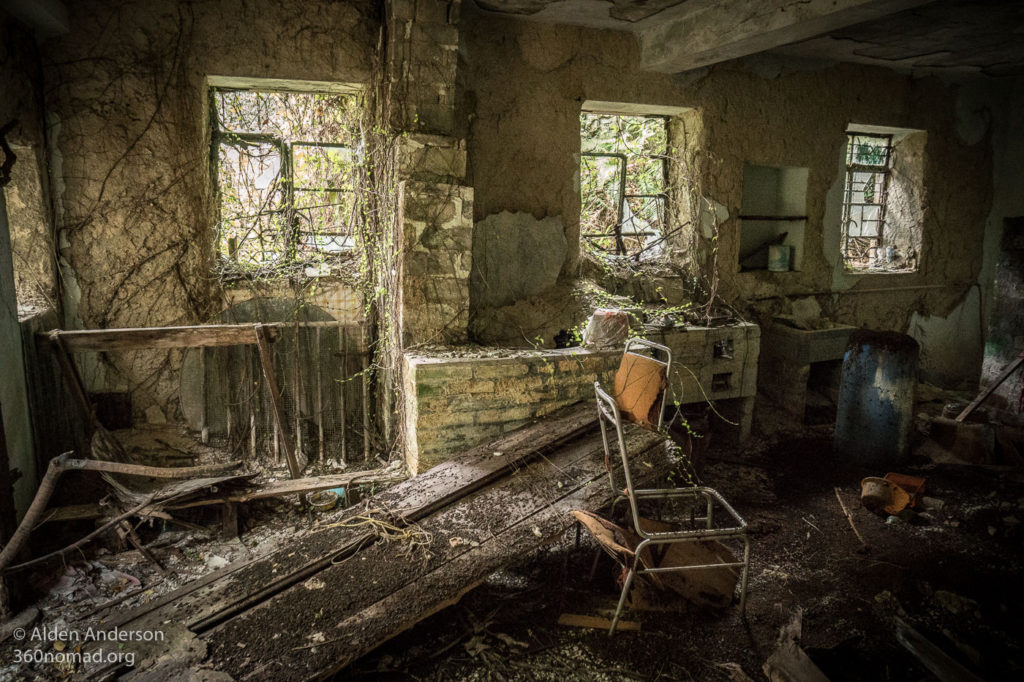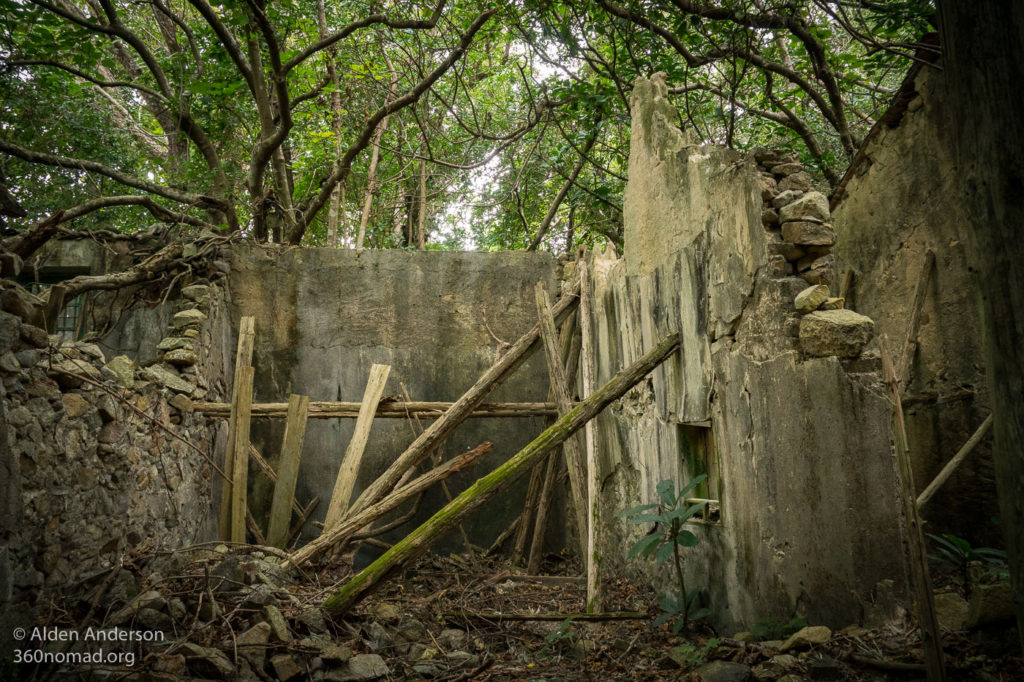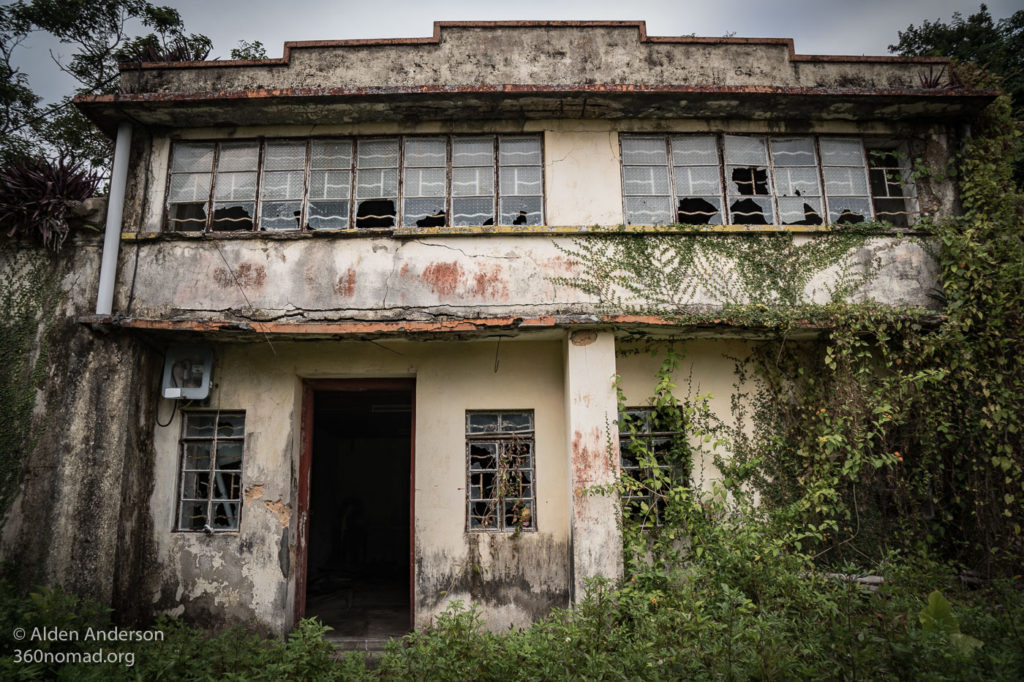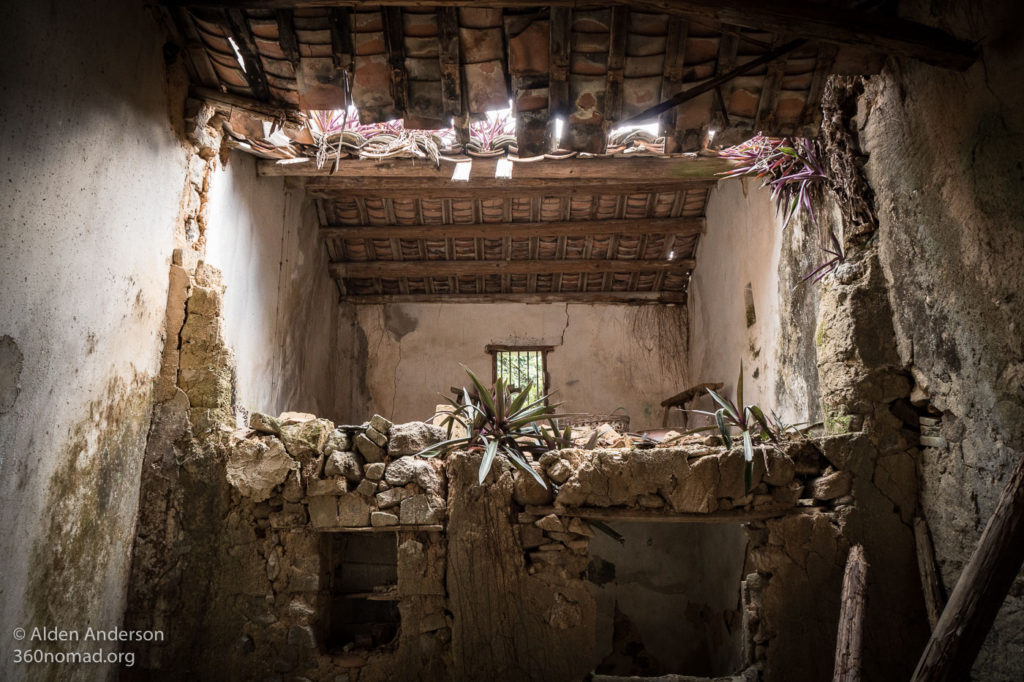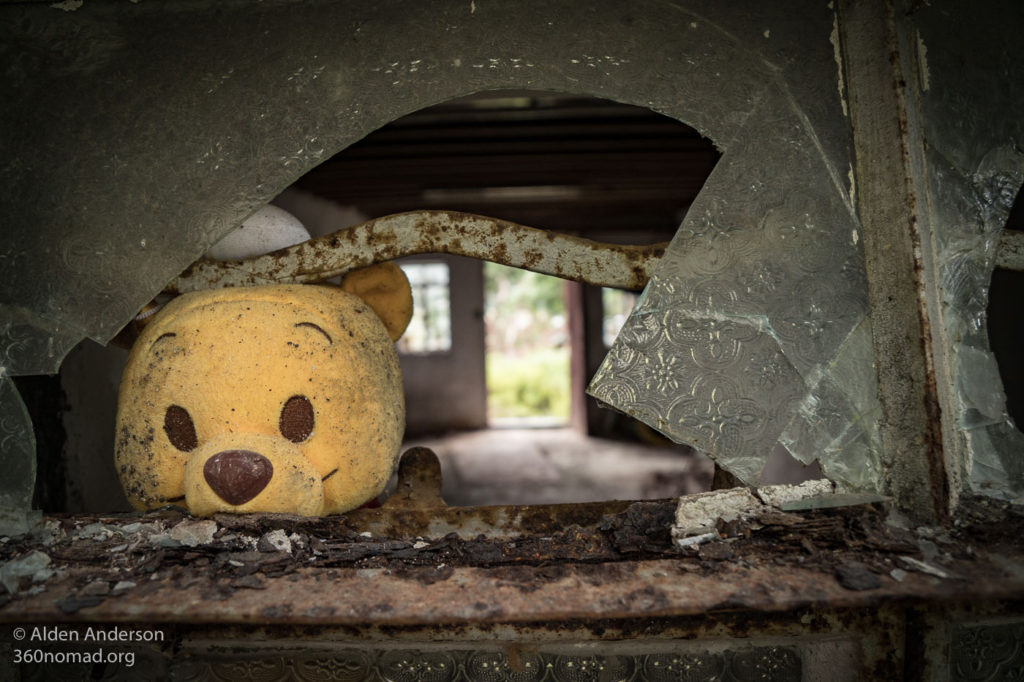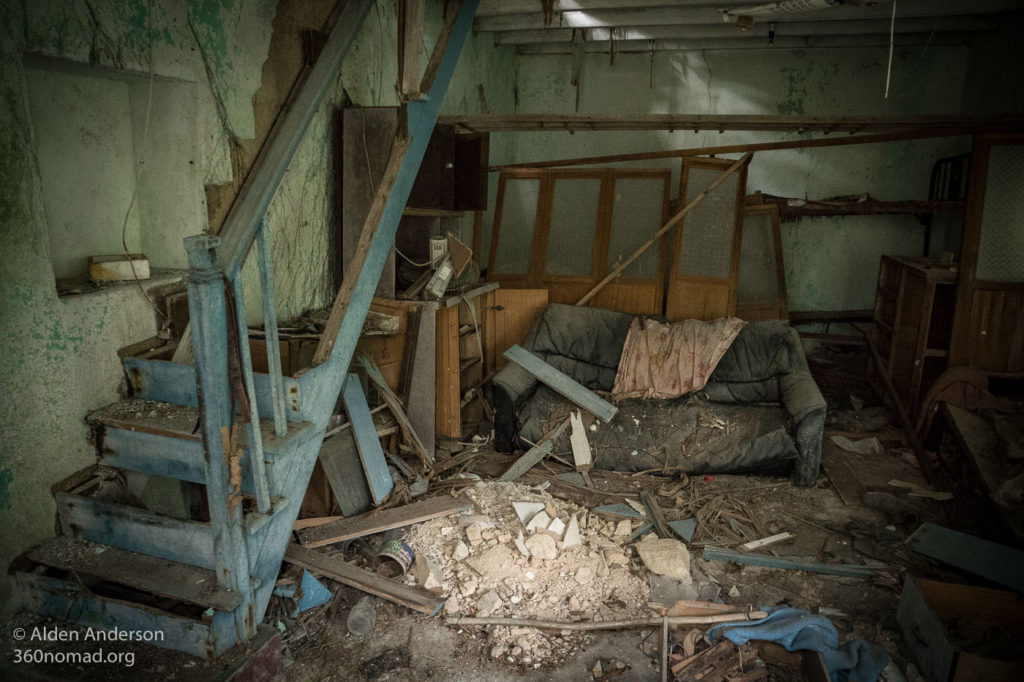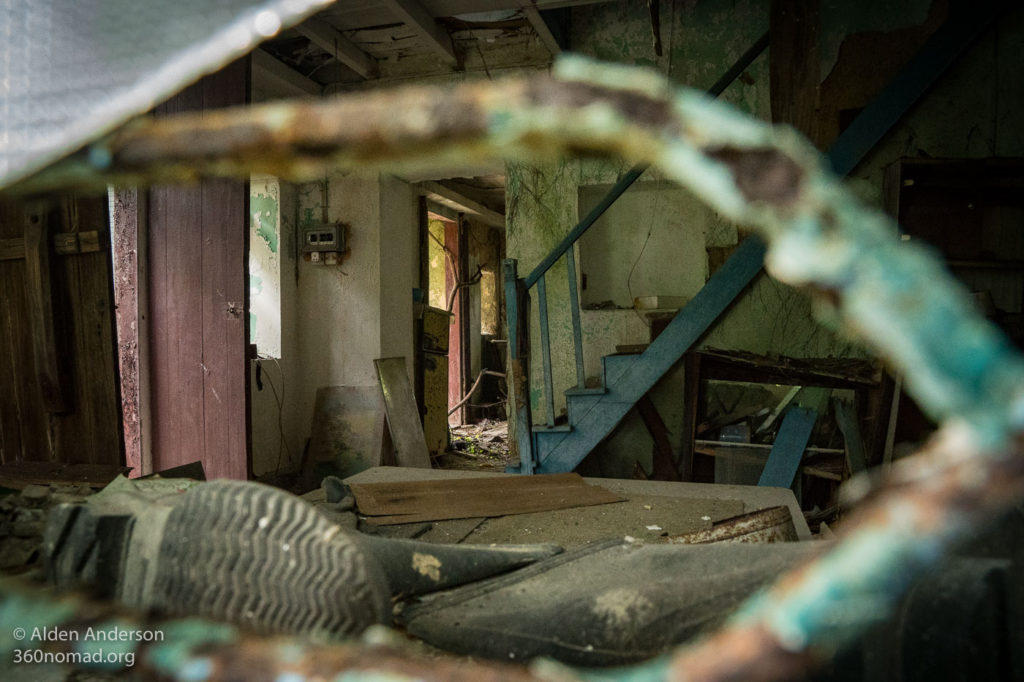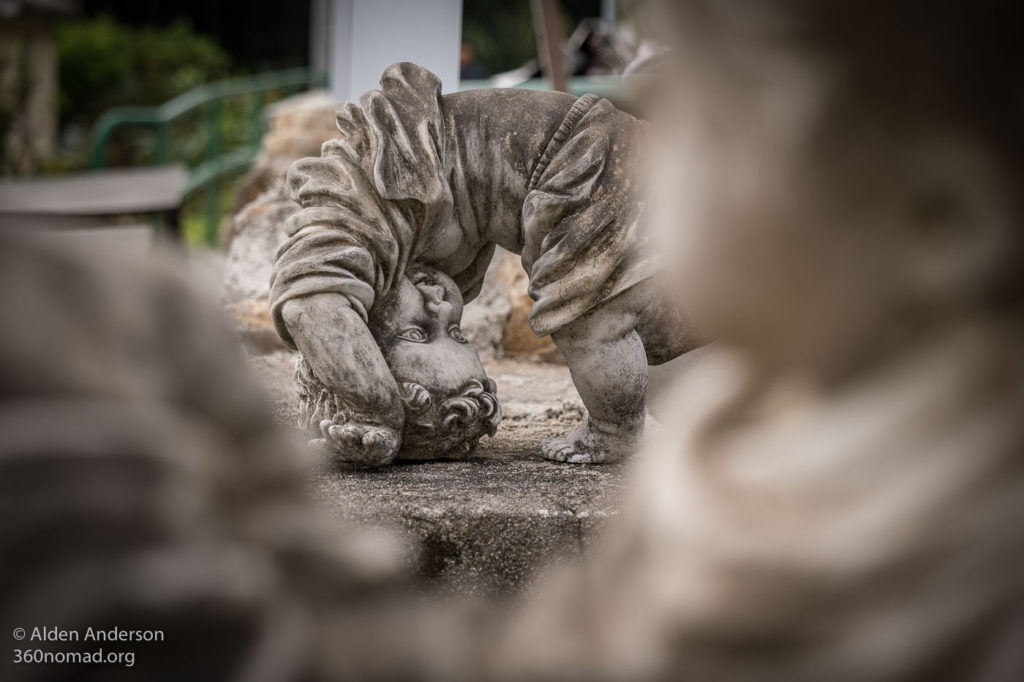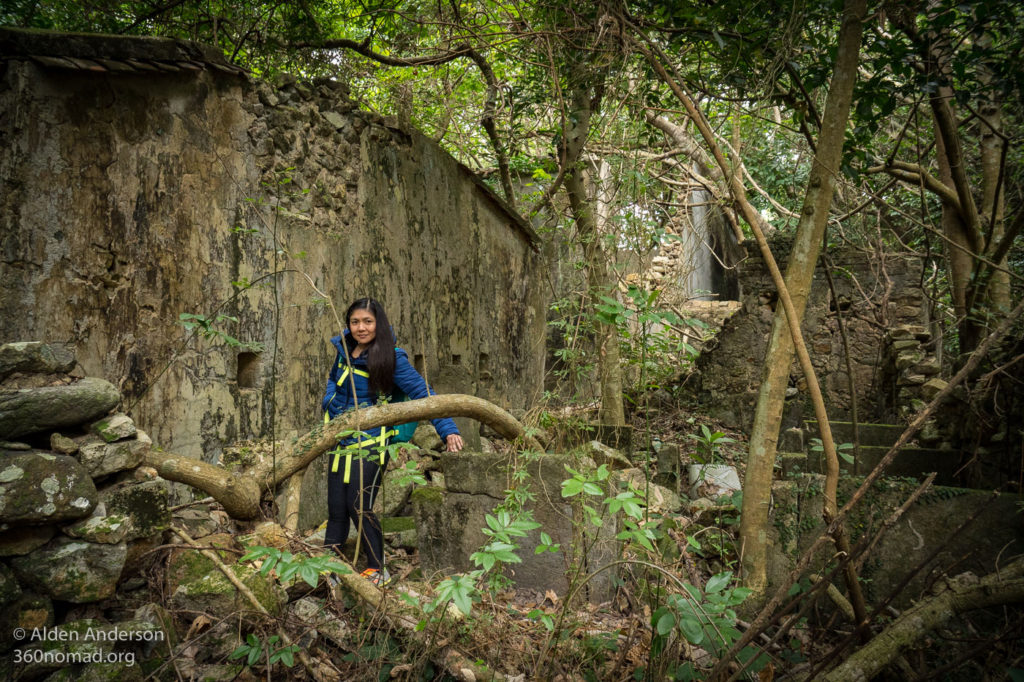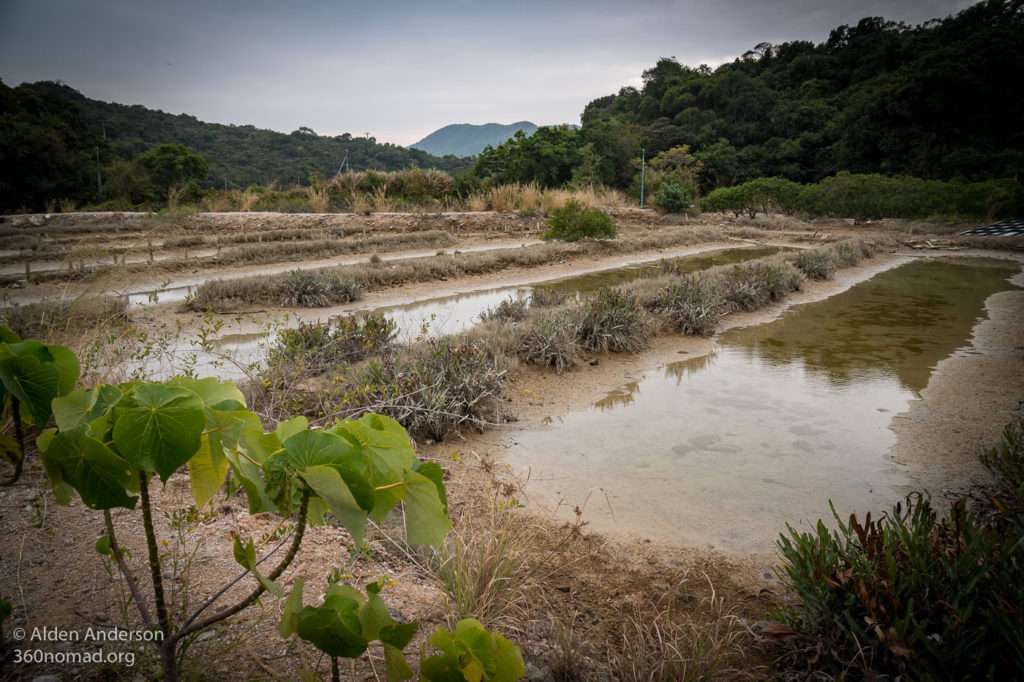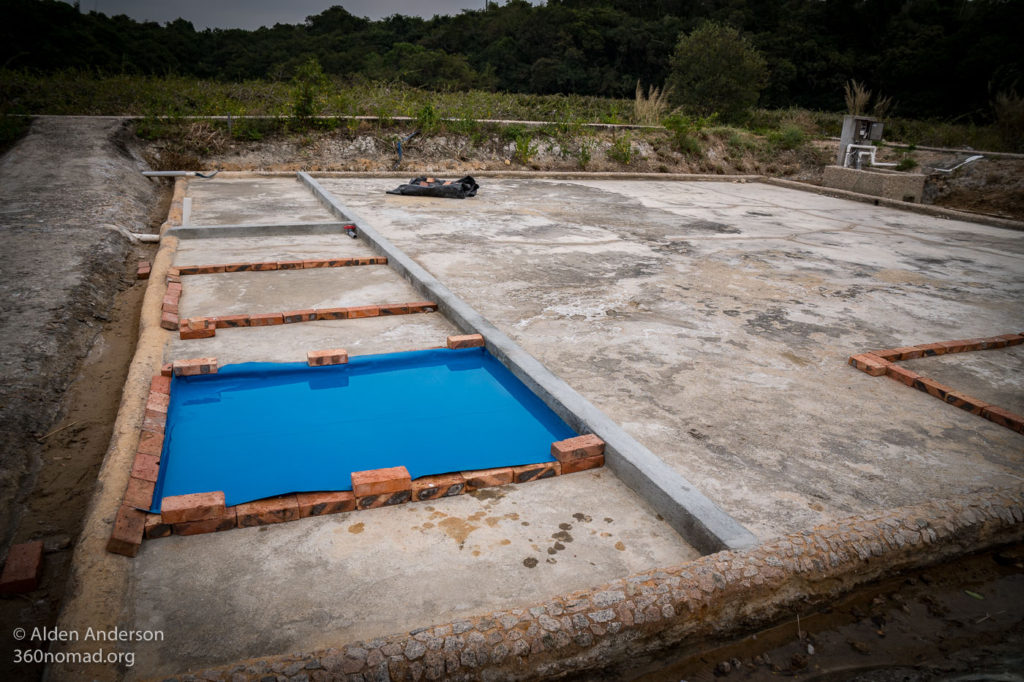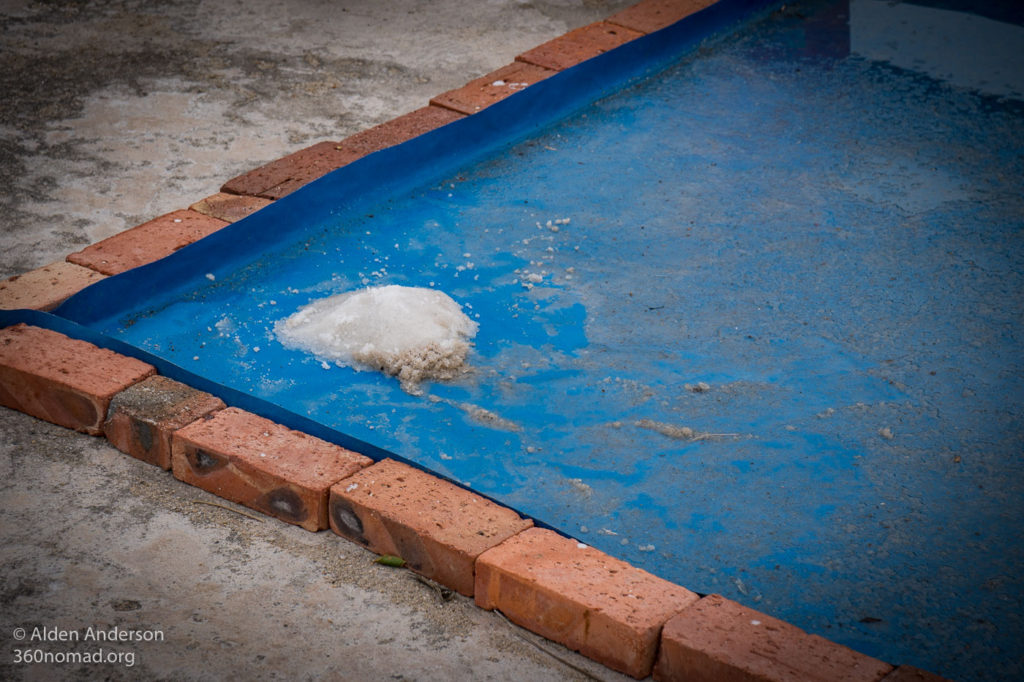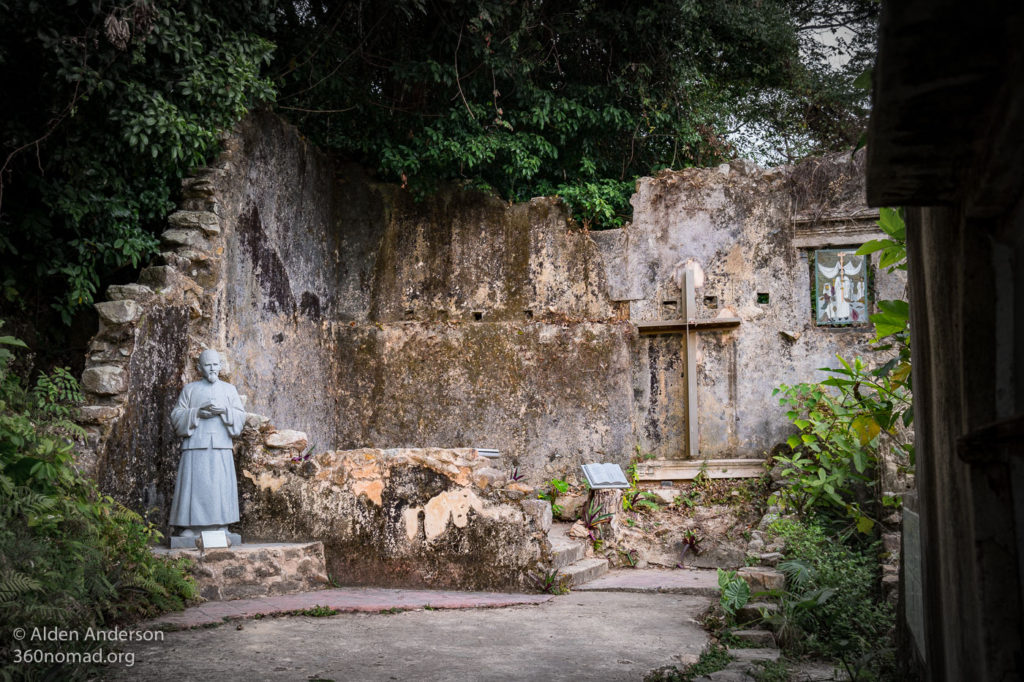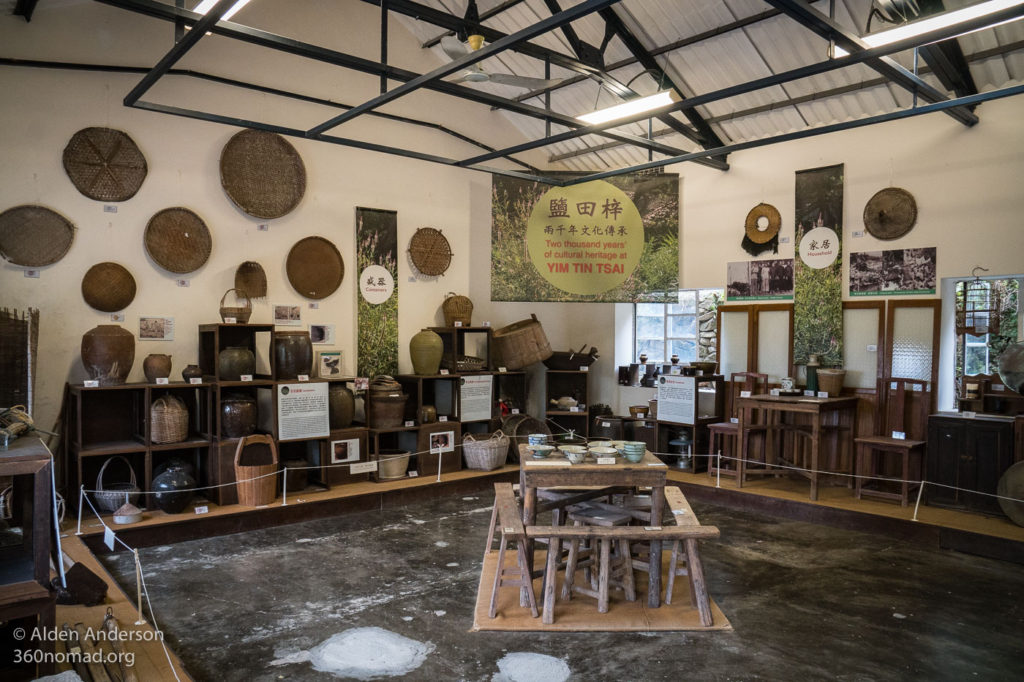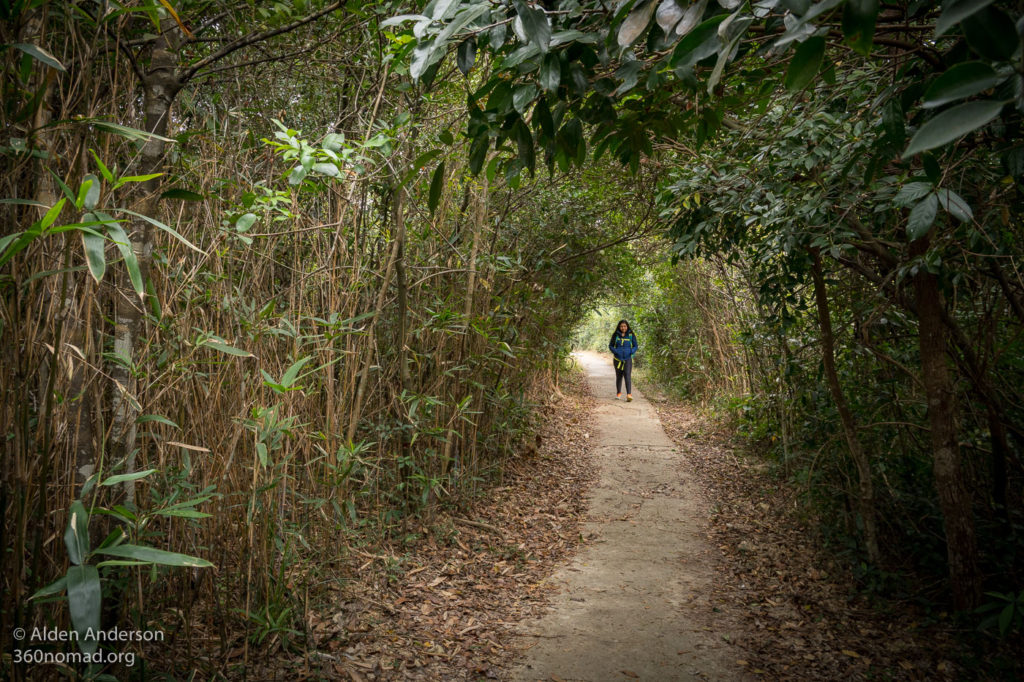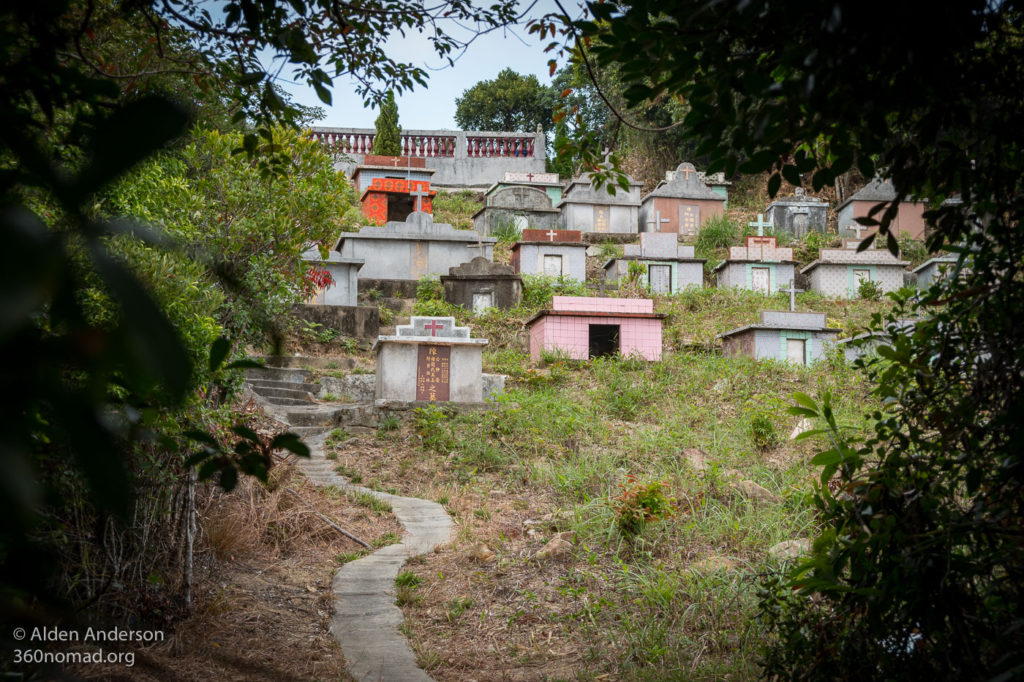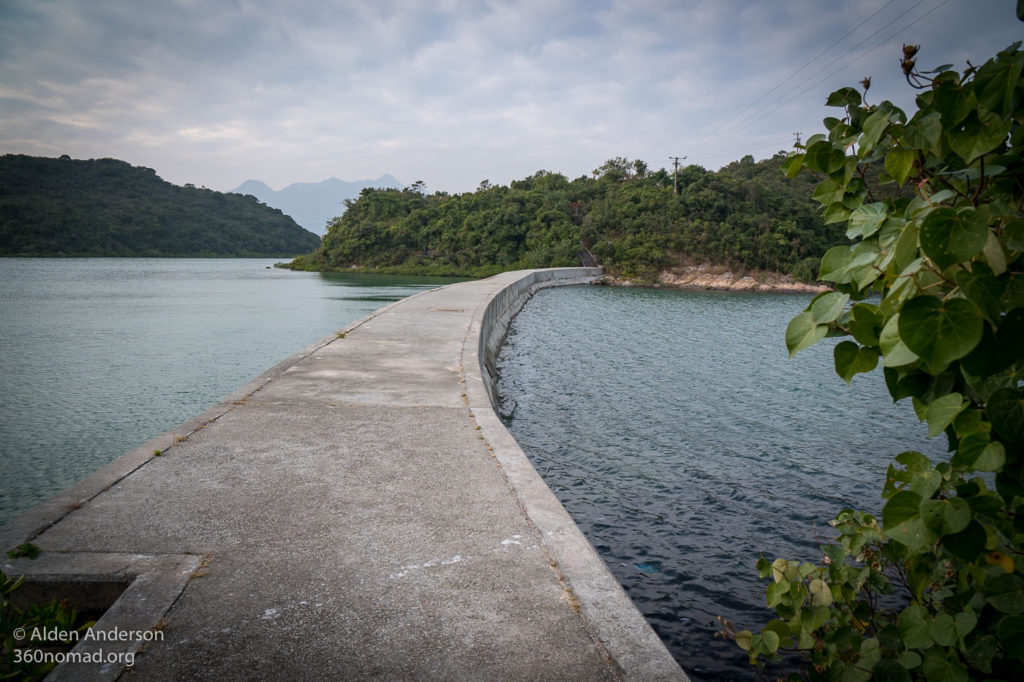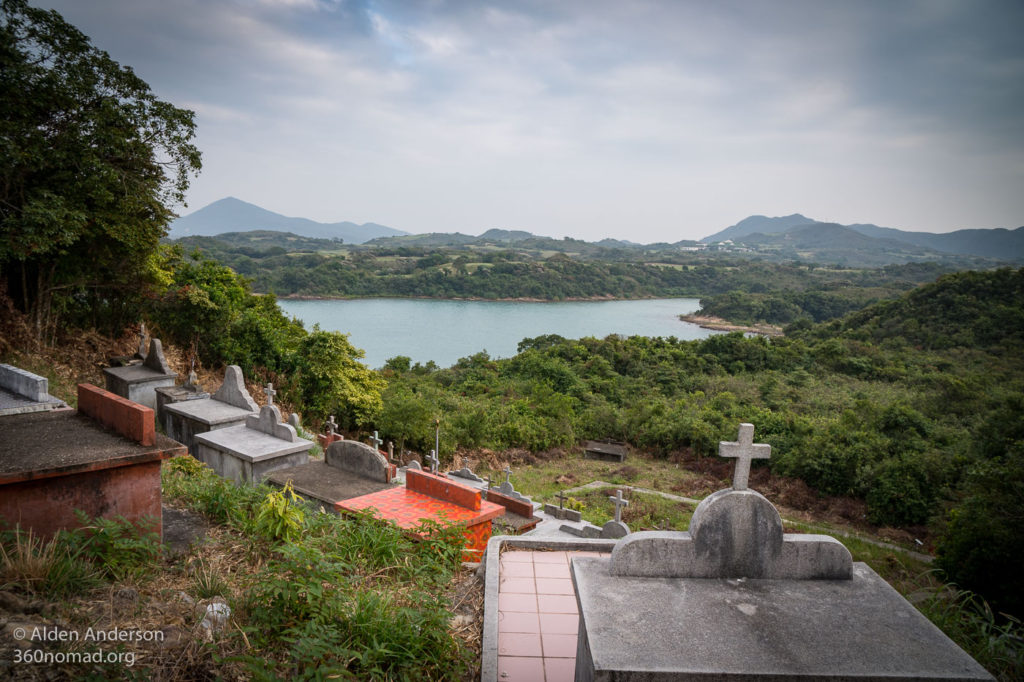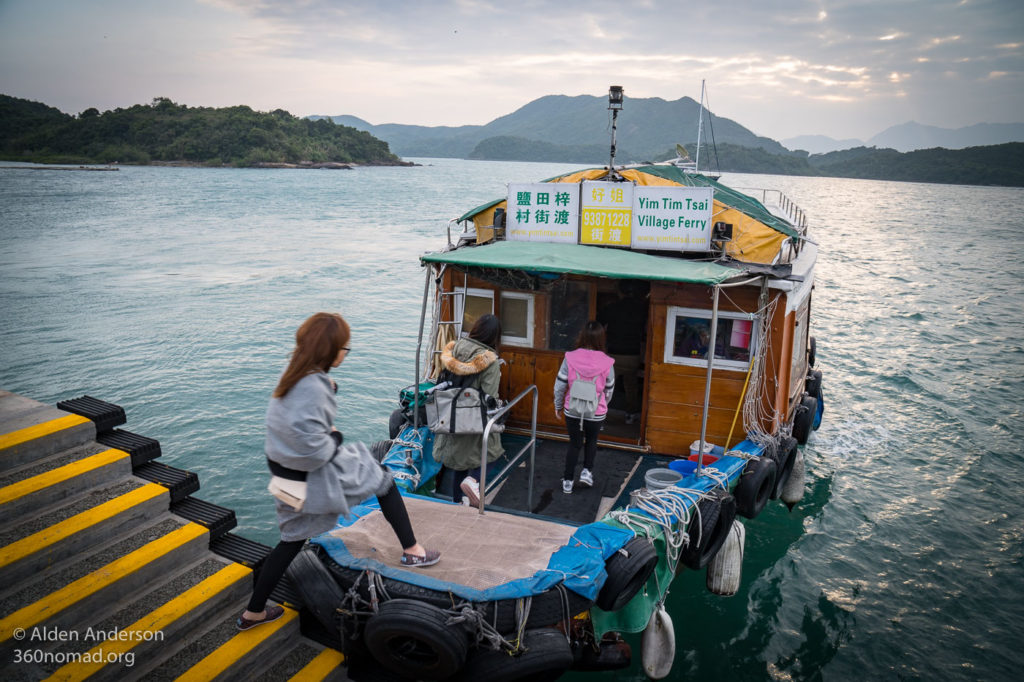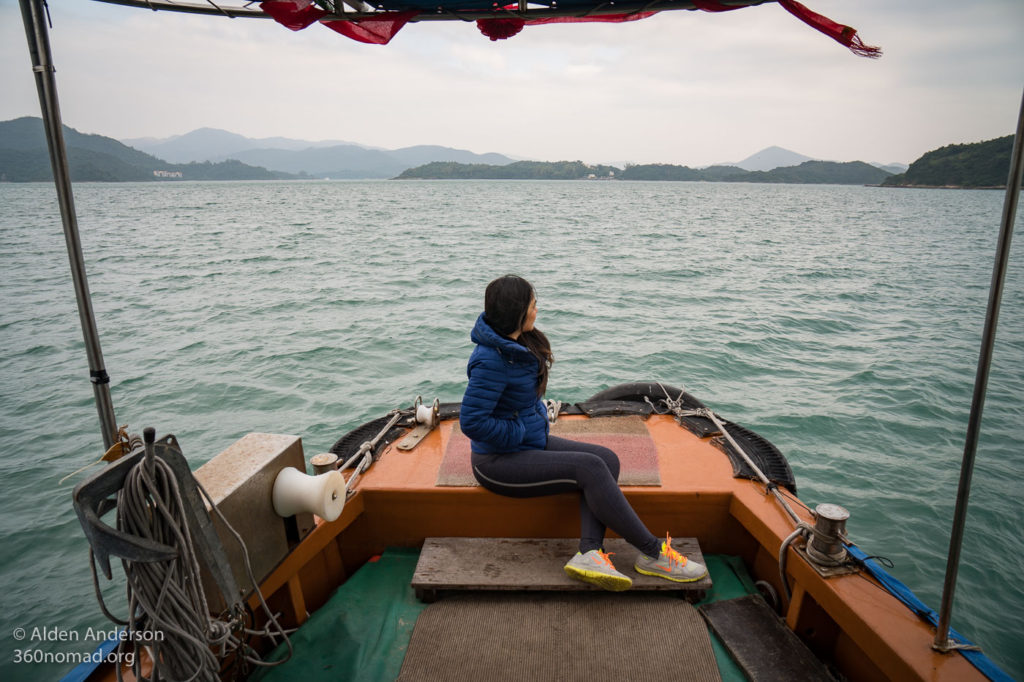Ghosts of Yim Tin Tsai
Once home to a thriving Salt Industry Yim Tin Tsai Island is now mostly abandoned with some fascinating neglected buildings slowly decaying, being taken back to the earth by the inevitable hand of nature.
The island was first settled by the Hakka group of South China in the 1800s.
In the 1990s the island was slowly abandoned, leaving most of its buildings to the elements.
Yim Tin Tsai Salt Pans
In its heyday the salt industry on Yim Tin Tsai (Cantonese for Little Salt Pan) was used by the local fisherman to preserve fish, the balance being sold to villages in Sai Kung.
At high tide, a channel was opened to let the seawater flow in and fill up the salt ponds. As the water evaporated the brine was gradually moved from pond to pond until all that was left was salt.
As cheaper salt was imported from Mainland China the salt pans were eventually abandoned.
Today these Salt Pans have received new attention and work is being done to restore them and revive this old process.
Currently, the small amounts of salt produced through evaporation are being used for souvenirs, but there are plans to increase the production.
St. Joseph’s Chapel
During the Autumn of 2013, the Hong Kong Archeological Society carried out work revealing the old St. Joseph Chapel built in 1879–1881. The first on the island.
The new chapel was constructed in 1890 and today is fully restored.
Next to St. Joseph’s Church is a small museum exhibiting some of the artifacts found on the island.
Yim Tin Tsai Island:
In addition to exploring the old buildings and Salt Pans, there is a path around the island. The island is quite small but there’s an old graveyard and some views from higher up.
There’s also the “Jade Bridge” Which connects Yim Tin Tsai to the much larger Kau Sai Chau, the neighboring island to the South covered with a golf course.
Getting to Yim Tin Tsai Island
The public Ferry departs from the Sai Kung Public Pier on Saturday, Sunday and Public Holidays. The ferry takes approximately 15 minutes.
Departure times are every hour starting at 10:00 am:
10:00, 11:00, 12:00, 13:00, 14:00, 15:00
Return ferries from Yim Tin Tsai back to Sai Kung:
12:20, 14:20, 16:00, 17:00
The ferry is 45 HKD Roundtrip.
You can find the ferry schedule and phone number here.
There are also various private ferries running on the weekend departing from Sai Kung. 45–50 HKD round trip.
There are bathrooms and a few places to eat on the island.
It’s a small island so 4 hours is enough time to walk around and see it, explore some old buildings and check out the salt pans.

